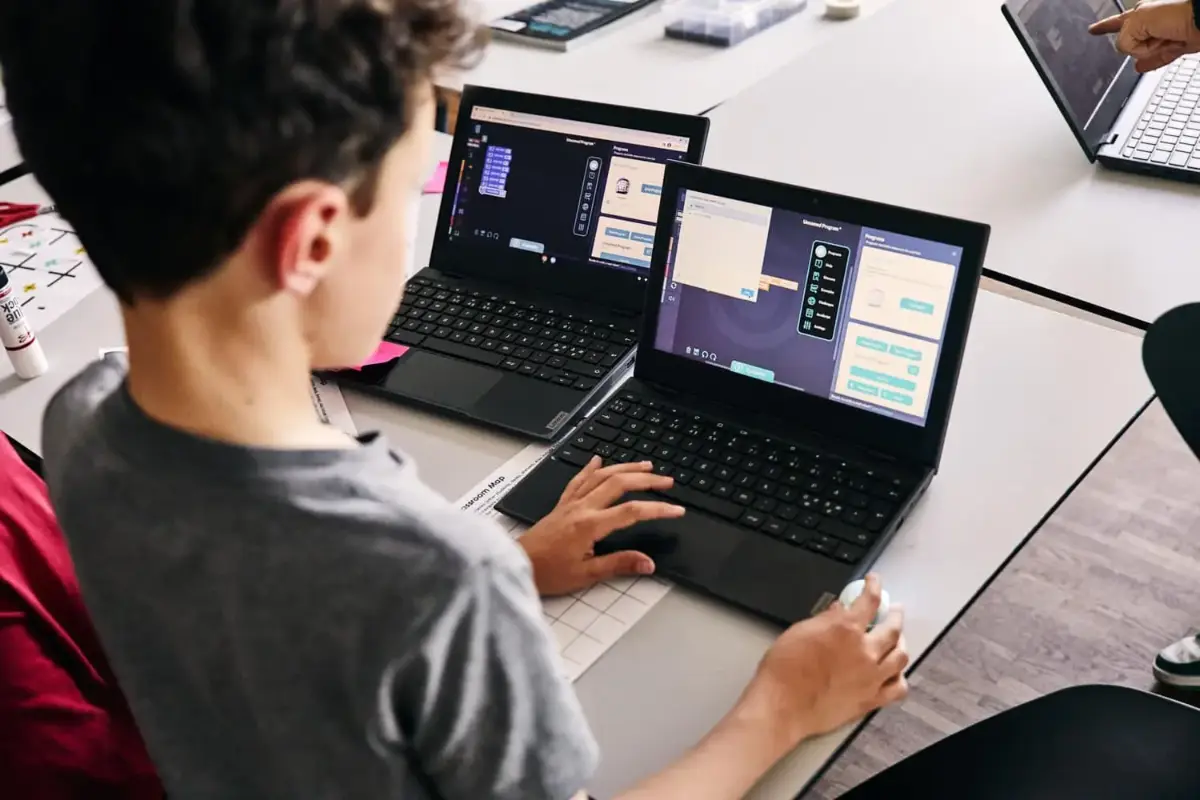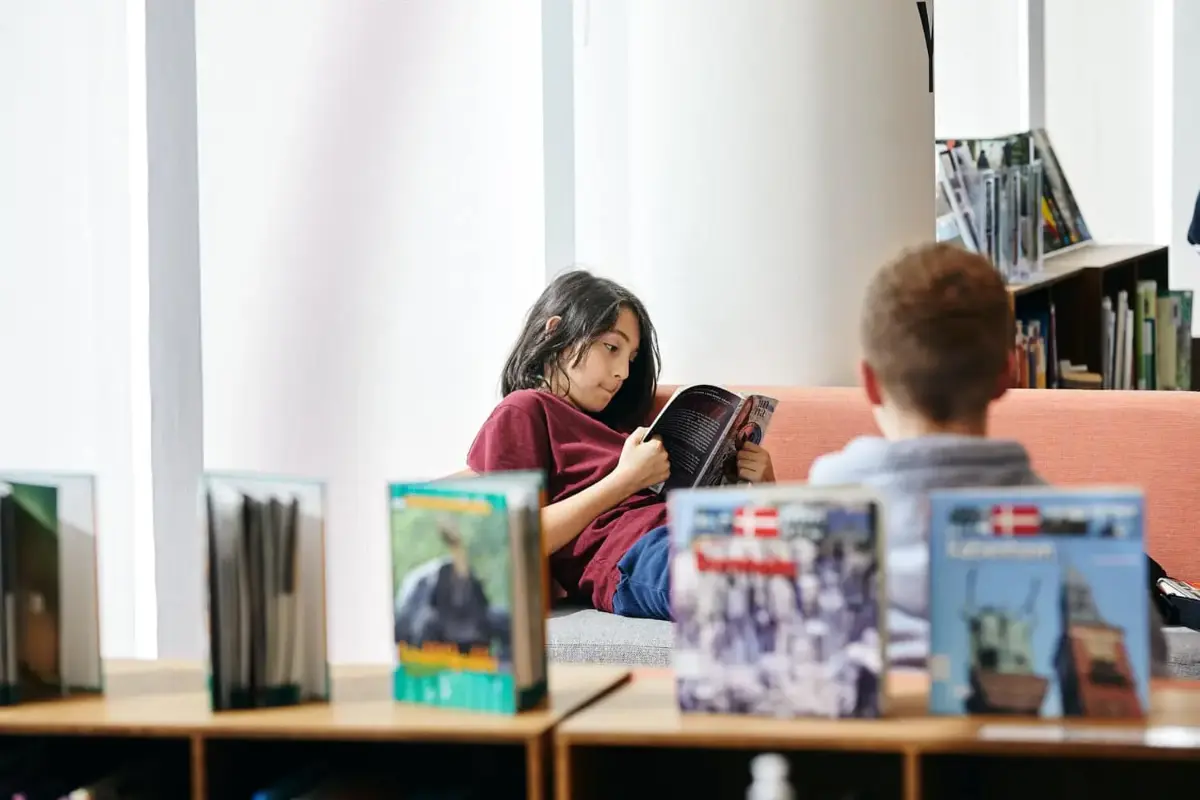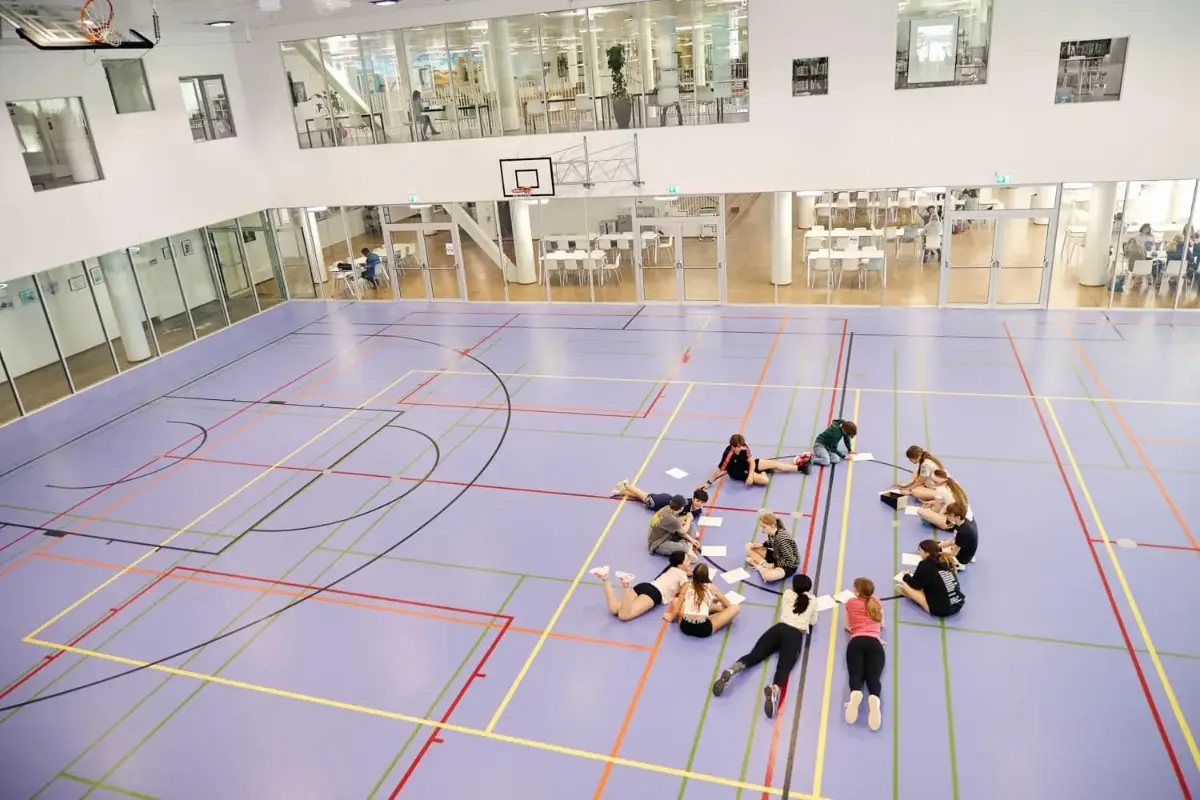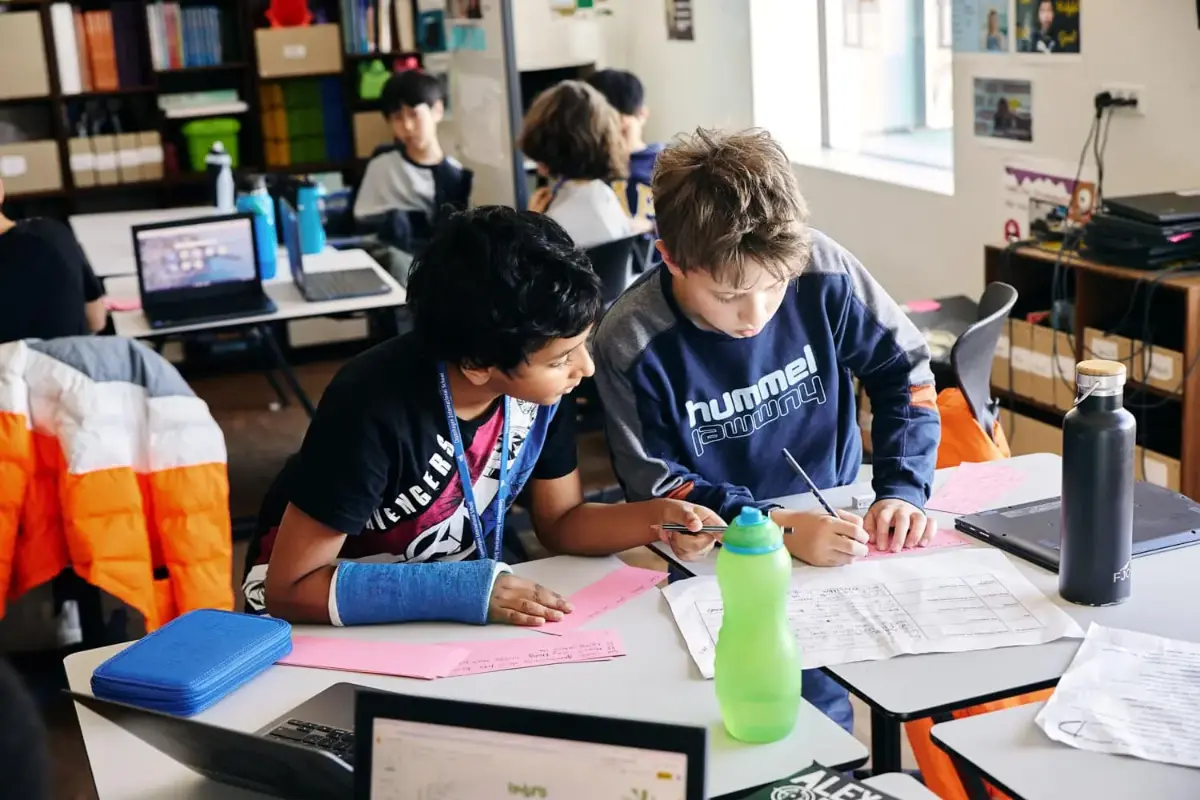Highlights
- Multilingual curriculum for global minds
- Unrivaled focus on sustainability
- Innovation-driven learning environments
Overview
At CIS, a world leader in IB education for children aged 2-19 in Copenhagen, we offer a dynamic and well-rounded academic programme that is designed to develop curious, confident minds. This is a place where we support students to think differently. To be inquisitive. To find areas of interest and pursue them deeply; and above all, to celebrate who they are while forging meaningful relationships with peers from all over the world.CIS is home to over 900 students from more than 80 countries. Walk the halls of our campus and you’ll hear a multitude of languages spoken in harmony. Multiculturalism and diversity are core components of our community here at CIS, and we are committed to building a community that values and raises voices from all walks of life, irrespective of your ethnicity, religion, sexual orientation or gender identity.
It is something that we champion above all else, quite simply we firmly believe that creating an inclusive community that values diversity is critical to preparing students for the challenges and choices they will face in their future lives.
Sustainability is at the very heart of our DNA here at CIS, and we are committed to an ambitious set of strategic initiatives in support of the the 17 UN Sustainable Development Goals. The UN’s global goals permeate the entire school, both at a curriculum and strategic level, and are central to all the decisions that we make.
- from 2
- to 19 years old
Co-Education
from 141,000 to 197,000 DKK
Founded in 1963
80 different nationalities
950 students
Academics
The International Baccalaureate was founded by teachers in 1968, using the writings of Marie-Thérèse Maurette, a pioneer of International Education, as a core ethos. It was her piece entitled ‘Educational Techniques for Peace. Do They Exist?’ from 1948 that kick-started the efforts to create what we now know as the International Baccalaureate or IB.
Copenhagen International School (CIS) is an International Baccalaureate World School that offers all three International Baccalaureate Programmes to its students: IB Primary Years, IB Middle Years and the IB Diploma. Our school was one of the founding IB schools and so has a long and successful history in delivering this framework.
The first programme offered was the IB Diploma Programme with the other programmes arriving much later (the MYP in 1994, and the PYP in 1996).
The IB Primary Years Programme (PYP)
From age 3 right up to age 12, the PYP aims to develop children to be both culturally aware and caring. There is a strong emphasis on learners being active participants in their education and learning.
Through the PYP, learners are encouraged to take ownership and responsibility of their own learning and be reflective. They develop their knowledge, skills, and conceptual understandings in order to make a difference both in their own lives and beyond.
The IB Middle Years Programme (MYP)
The MYP covers five years of education. It is a challenging programme where students are encouraged to link their studies with the outside world. In order for the MYP to be broad and balanced, there are eight subject groups.
The eight subject groups student in the IB MYP include:
Language acquisition
Language and literature
Individuals and societies
Sciences
Mathematics
Arts
Physical and health education
Design.
For the final two years of the five-year programme, when the student is around 14 years old, these choices can be narrowed down to six of the eight subject groups.
Compared to other curriculums for this age group, the IB MYP is designed to be taught in context so students can relate their learning to real-world experiences. The idea of global contexts and concepts are explored deeply, so learners develop an idea of common humanity and responsibility.
The IB Diploma Programme (DP)
Next, an IB student will go through the IB Diploma Programme. At this stage, the aim is to develop learners to flourish emotionally, intellectually, ethically and physically.
This is the programme that students follow between the ages of 16 and 19. Many go on to university courses after completing the IB Diploma Programme.
The curriculum is divided into six subject groups as well as the DP core.
The six subject groups include:
Language acquisition
Studies in language and literature
Individuals and societies
Sciences
The arts
Mathematics
Curriculum
Examinations
Language of instruction
Foreign languages taught
Accreditations
NEASC, IBO
Tuition Fees for 2025
Learn more about Copenhagen International School tuition fees for 2025, including general fee details, day school tuition, and available scholarships.
Annual tuition fees
Annual tuition fees at Copenhagen International School range from DKK 141,000 to DKK 197,000, depending on the student's grade level and program.
Day school tuition
CIS tuition fees cover the following: • All instructions, • Books & curriculum related activities Tuition fees do not cover the following: • Lunch • After school activities • NECIS sports activities • Grade 11-12 subject specific trips Such costs will be invoiced separately and are subject to payment terms set out in each invoice.
Scholarships
Scholarship information is not currently available. Please contact the school directly through this page to learn more.
Things to know
Enrollment phase
CIS enrols students throughout the year where spaces are available.
Minimum Enrollment Duration
This school requires a minimum enrollment of 12 months, ensuring students have adequate time to benefit from the curriculum and educational experience.
Student Community
Copenhagen International School welcomes a vibrant community of 950 students representing 80 different nationalities.
Health & safety
In accordance with the United Nations Convention on the Rights of the Child (UNCRC), Copenhagen International School (CIS) believes that all learners have equal rights to be protected from harm and abuse. CIS is a community school that strives to meet the many needs of its students in a safe and secure environment. To achieve this aim, we build a culture of child protection at the school wherein all community members understand and meet their responsibilities and put the needs of the learners in the school community first. We meet the many challenges of establishing and sustaining a culture of protection in our international, mobile, and varied community and context. Everybody at CIS has a responsibility to support the protection of learners. We will act without hesitation to ensure a child-safe environment. We also support the rights and well-being of our staff and volunteers and encourage their active participation in building and maintaining a secure environment for all participants.
Uniform
Students are not required to wear school uniforms.
Student-teacher ratio
23/94
Special needs
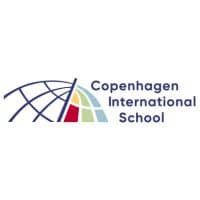
How much does it cost to attend Copenhagen International School?
Tuition fees for Copenhagen International School range from 141000 to 197000 DKK per year depending on the student’s grade and chosen program.
